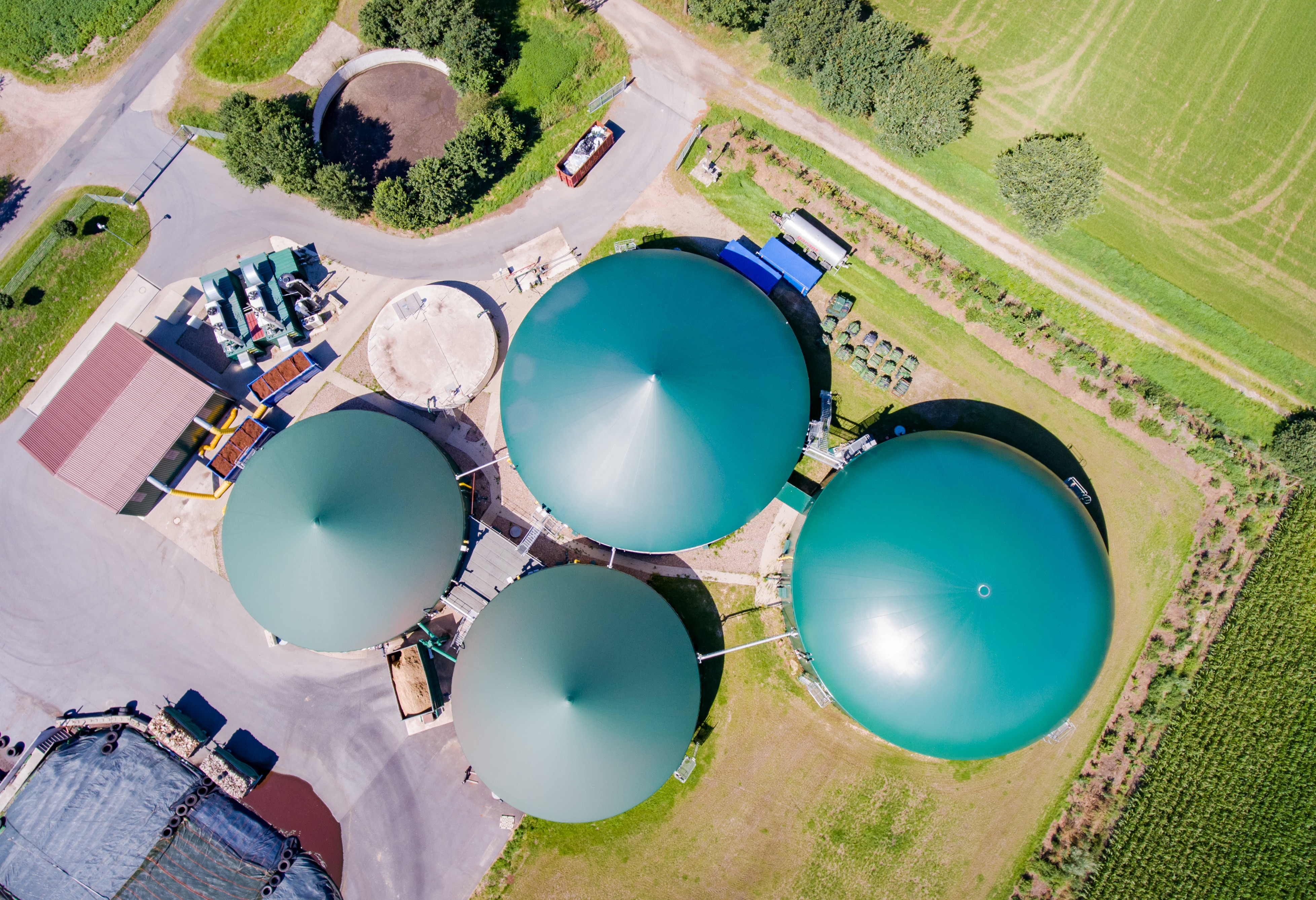

The main components of biogas are methane (CH4) and carbon dioxide (CO2). These gases are produced by microorganisms during the fermentation process. The more methane is present in the biogas, the more energy-rich it is. The carbon dioxide cannot be used for most applications and is therefore often separated from the biogas. Other components that may also be present are nitrogen (N2), oxygen (O2), hydrogen sulfide (H2S), hydrogen (H2) and ammonia (NH3). Hydrogen sulfide and ammonia reduce the quality of the biogas, which is why they are removed or reduced during treatment. If these gases were to enter the combustion process, they could cause corrosion in the engines or pose a health hazard to people. A measurement of the components in the biogas, especially methane, hydrogen sulfide and ammonia, is therefore of great importance for monitoring the quality. If these gases can be measured in real time, this also allows

For this reason, new natural gas reservoirs are still being developed on an ongoing basis. Such reservoirs are located and evaluated by means of prospecting and exploration. Prospecting involves analyzing rock sediments to identify possible areas with oil and gas deposits. In order to confirm the theoretical observations, this is followed by complex geophysical investigations of the area. During the subsequent exploration, several test wells are drilled in order to examine the so-called drill cuttings. In addition to the age and type of the rock obtained, the natural gas and hydrocarbon content is always examined. By using gas measurement technology, time-consuming laboratory tests can be avoided and the evaluation can be carried out more quickly. This process is also known as mud logging and is also used during natural gas extraction. This allows the quality of the natural gas and the remaining quantity in the natural gas reservoir to be assessed on an ongoing basis.